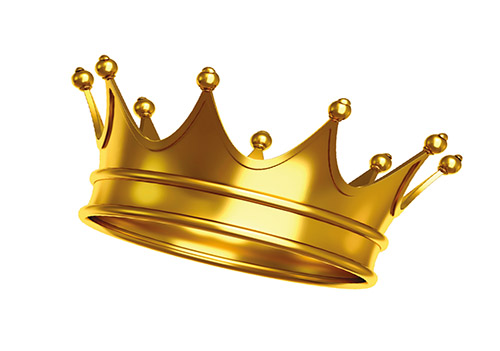

I must admit that I was slightly surprised when I attended Shabbat morning davening several weeks ago and there was no mention of the very recent passing of Queen Elizabeth. Then I reminded myself that as a former Canadian I was no longer in a country that had any connection to the British Commonwealth. Also, it made more sense for discussion of the parsha to precede the rav’s drasha rather than the loss of the Queen.
Yet I did admire her in many ways and was enthralled with her relationship with Prince Philip. It put a wide smile on my face when I saw the meme depicting the Queen walking with Paddington Bear as he accompanied her to meet her beloved once again.
As we all know the news has been focused on the royal family for the past several weeks: the royal funeral, the burial and whatever else they could find to write about it. The article that I read which left an extremely unpleasant taste in my mouth was a description of the habits of the new King Charles. From having his shoelaces ironed flat each morning to having his toothpaste squeezed onto his toothbrush with a measurement of one inch by his valet prior to his entering the bathroom, it all made me think about the many different concepts of what royalty means.
We as Torah-observant Jews have a completely different concept of what it means to be royal.
How many times have I read stories about some of the greatest gedolim of our times who lived in the most simple fashion? I remember when I was learning more about Rav Aharon Kotler, z”l, and I listened to an interview with his son where I discovered that his front door was always open. He told of yeshiva bochurim who would come into their home and go straight to the freezer and take out some ice cream for themselves. Most interesting was that Rav Aharon insisted on living in very simple surroundings. Many commented that they wished to redecorate his home with more elegant furnishings, and the rav vehemently refused. He only wanted the basics.
Look around at the true royalty of today.The Rav, z”l and his rebbetzin lived in a modest Brookline home. You can be sure that he had no interest in how much toothpaste was on his brush. Rav Moshe, z”l, living in the Lower East Side in a two bedroom apartment with his living room being his study, was another royal living during our times, and we can go a step further and speak of our very own Rav Herschel Schachter who with his rebbetzin lives on Bennett Avenue and requires no one to iron his shoe laces (Shoshana, you don’t do that, do you?) and makes it a point of having bochurim to his home practically every Shabbos with preparations made by his own Queen. (Yes, she does the cooking.)
Who are the examples that we would want our children to follow? Who is the royalty in our world? No, they do not have many homes (far from it), they are not led through the streets of wherever they live by a livery of horses and limousines, their dress is known to be fashionable but simple, and designers are not lined up to have their names attached to what each of them is wearing.
After giving this much thought I understand why Rav Neuberger (despite the fact that he is Canadian) chose not to speak of the passing of the Queen, but chose instead to speak of the parsha. We as a people have the real thing: rabbonim and a history that we are able to look up to, admire, use as examples for our children and learn from on a daily basis.
Gmar tov to all.
By Nina Glick









